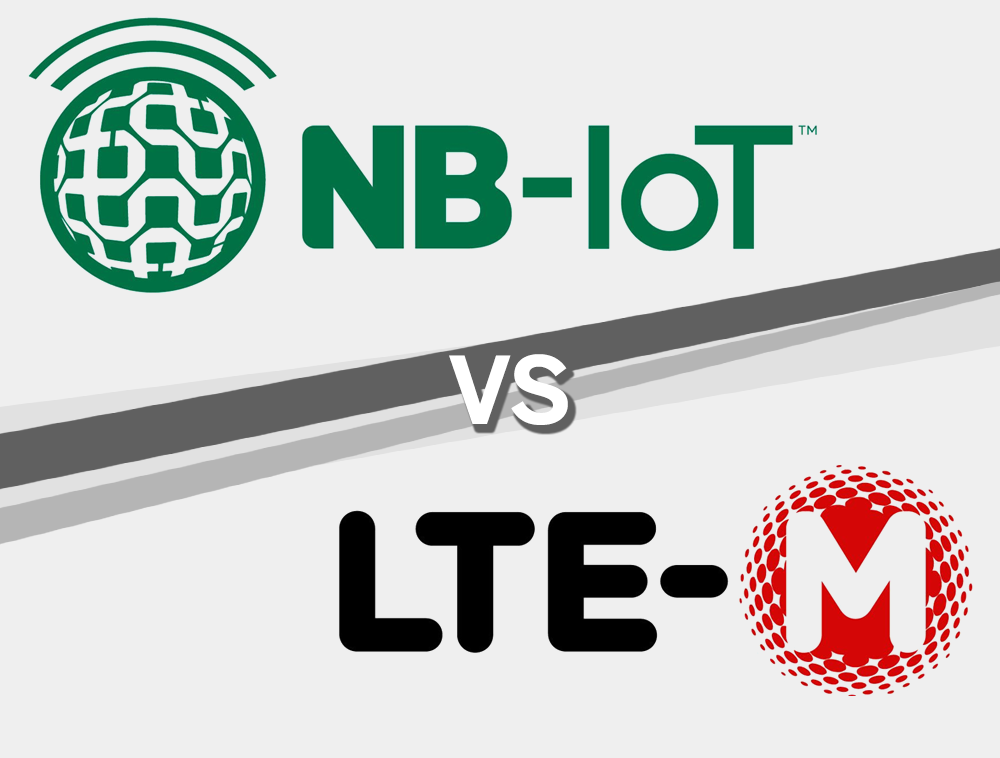What this means is that when we’re talking about NB-IOT or LTE-M or eMTC, what we’re really talking about in the current rollout of real-world networks is LTE Cat M1, the newest LTE-M standard, and LTE Cat NB1, the latest NB-IoT standard. Both have new counterparts introduced in Release 14 of the 3GPP standard as well, but for the moment these are the two varieties of modern low power cellular devices.
So what is the difference between the two? Why have two separate categories for low power IoT devices within the same standard? The explanation has to do with questions of type and degree of low power device. And understanding this is critical to entering the cellular IoT space with the right equipment for your design.
LPWAN: How low is “Low Power”?
The explanations for the two are more apparent when extrapolating the names of each:
- eMTC stands for Enhanced Machine Type Communication
- NB-IoT stands for Narrowband Internet of Things
This helps illuminate the difference in their defining characteristics. With eMTC devices, the focus is on providing a venue for machine-to-machine type communication. This requires a higher data rate and more overall throughput than the very low usage sensor devices that occupy the bottom end of the IoT. Currently, LTE Cat M1 supports around 1 Mbit/s up and down with a frequency bandwidth of around 1.4 MHz – and that bandwidth is important in the distinction between LTE Cat M1 and LTE Cat NB1.
The defining trait of NB-IoT devices is that “narrowband” component. NB-IoT is designed for intermittently communicating, lightweight, low data usage devices that make up most of the sensors in the IoT. By design, they don’t require a serial-like connection as is found in LTE Cat M1. Instead, these devices might only transmit a few times an hour, and when they do the data volume is low. This means there are lesser requirements for data rates, less demands for low latency, and as a result of these, frequency bandwidths can be narrower. This is why LTE Cat NB1 currently budgets 180 KHz bandwidth, a little more than a tenth of the space provided by LTE Cat M1.
The following table provides a comparison between LTE Cat M1 and LTE Cat NB1.
| | LTE Cat M1 (LTE-M) | LTE Cat NB1 (NB-IoT) |
| Data Rate | 1 Mbit/s | 250 bit/s |
| Latency | 10 - 15 ms | 1.6 - 10 ms |
| Frequency Bandwidth | 1.4 MHz | 180 KHz |

 Laird Connectivity is now Ezurio
Laird Connectivity is now Ezurio